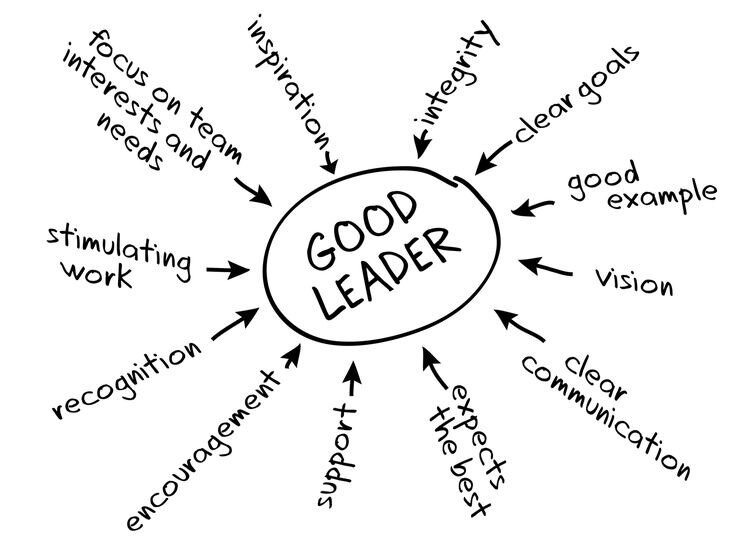Raise your hand if you find yourself talking about the same problems over and over, but never coming to solutions. Whoa, that’s a lot of hands! This is a very common challenge for business leaders, but it doesn’t have to be this way. Let me share a fairly simple process for solving problems, so you can move on and focus on what’s important to you.
Make Time to Focus
The first step is creating a system for addressing issues. I recommend spending the majority (about ⅔) of your weekly leadership team meeting focused on solving problems. After all, as the leadership team, isn’t this the most valuable way you can spend your time together? By solving problems so the business can operate more smoothly or you can remove barriers to efficiency, productivity, and work satisfaction. Plan your regular meetings so that everything else gets addressed efficiently and you can get to the work of solving problems.
List Them Out
Create a list of all the issues that need to be addressed. This list can be collected throughout the week and added to at the weekly team meeting. It may be a long list at first, but don’t let that scare you. Include everything, so that you don’t lose a key issue. If possible, it’s good to have all of the issues listed out on a flip chart or dry erase board so everyone can see them all. If that’s not an option, a printed list for each team member will work.
Prioritize
Looking at your list of issues, determine – as a group – which three are the most important ones and should be addressed first. Rank them 1, 2, and 3 in order of priority. Do not spend a lot of time on this task, keep it to about a minute. Team meetings that are 90-minutes long will give you 60-minutes to work on your issues. Starting with three will give you about 20-minutes per topic. If you are able to solve these first three issues in your allotted time, determine which one should be addressed next and start on it. Proceed this way until your time has expired.
Process
Once you have the issues you will be addressing, there are three steps to efficiently solving them:
-
Present & Analyze – The person who proposed the issue in the first place will present it.. They will concisely share what they see as the problem. Then the group analyzes and drills down to get to the root of the problem.
-
For example: the issue may be initially presented as something like: “Sales are down 25% on blue widgets.” While this is true, and certainly an issue, drilling down may reveal a different issue. Just looking at the issue as presented, it likely seems like a problem with the blue widget sales team. However, a drill-down may reveal that production is down, so the inventory of blue widgets might not be meeting demand. Or maybe there have been quality problems with the blue widgets, scaring away potential sales. Or maybe there’s an industry-wide backlash on blue widgets. Whatever it is, the group needs to agree to the real problem surrounding the issue. Again, this should be a fairly quick part of the process.
-
-
Discuss – Once the real issue is decided on, the group has a discussion. Solutions are presented. Pros and cons are debated. The meeting moderator needs to make sure all voices are heard (not just the loudest ones). Each person states their case only once.
-
Decide – When all the stars align beautifully, a solution presents itself during the discussion and everyone is happy. In the real world, that usually doesn’t happen. In the real world, someone usually has to make the decision. The decision maker is often the top leader on the team; however, sometimes it’s another leader who will ultimately have the responsibility of rolling out the decision. Whoever it is, the decision maker takes all of the input they have gathered during the discussion, they evaluate all sides of the issue, and they make a decision. Boom – problem solved.
Next Steps
Once the decision is made, you need to think through next steps.
-
Does the decision need to be communicated out to others in the company?
-
Are there action steps to roll out the decision?
-
Is there a plan that needs to be created?
-
Who will be accountable for the next steps?
As part of the problem solving, determine what comes next and the system for following up.
To-Do List
Another component of a great team meeting is a To-Do list. This is a good place to capture the action steps and ensure there is follow-through on the decisions made. Gather all of the action steps from all the decisions made. List them in the To-Do section for the following week’s agenda. At next week’s meeting you quickly go down the list reviewing each action item. If an item has been completed you cross it off. If it’s not completed you quickly determine if it is an issue or not. If it is an issue, guess where it goes? That’s right – you add it to the Issues List.
Initially you may have so many issues that it seems overwhelming to tackle them three at a time. As you’re getting started, you may want to set aside half a day to power through your list of issues. Stick to the process above and shoot for about 20-minutes per issue. Finally getting decisions made will feel great. It will help you move things forward. And solving problems will benefit everyone in the company.
This proven process will help you solve your issues quickly. Happy problem solving!
An outside facilitator can help your team learn this process and become a problem-solving machine! Email me at kim@athena-coco.com to schedule a free 30-minute consultation. Calm the Chaos and find time to focus on what’s important to YOU.










